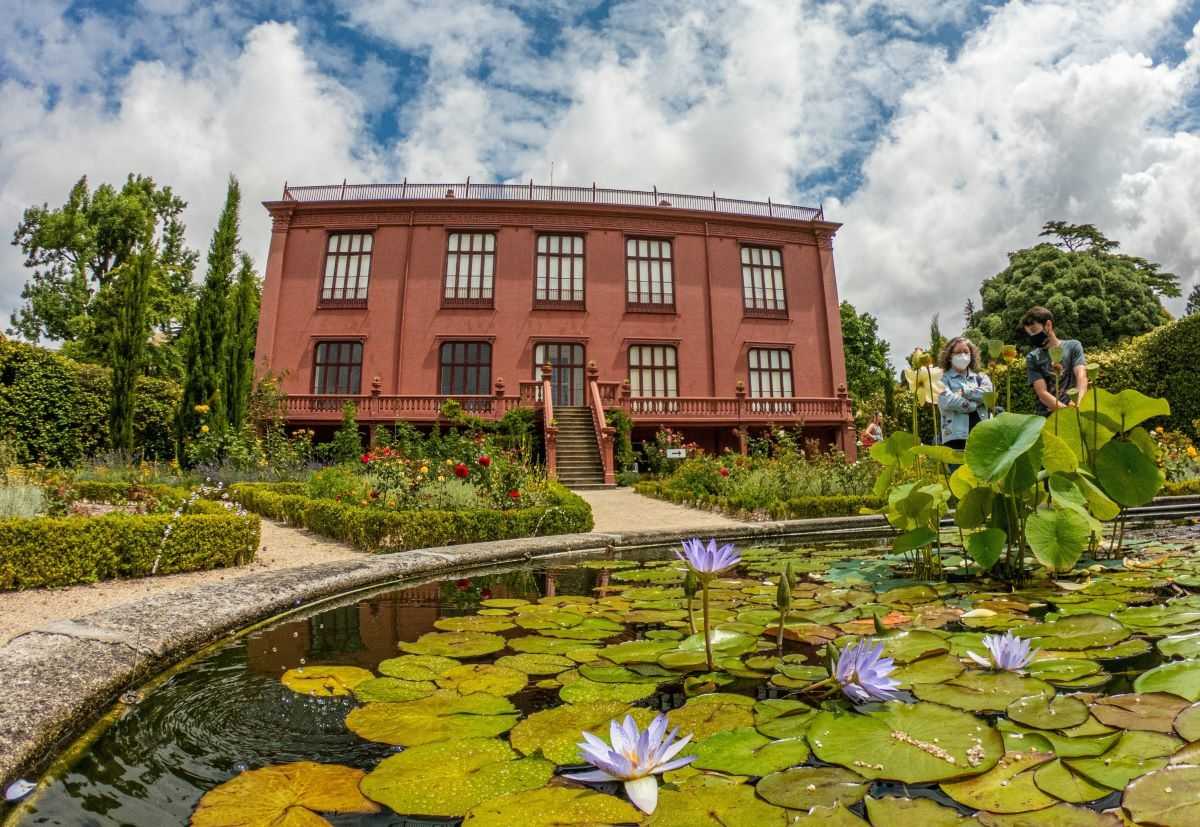Exploring the Porto Botanical Garden
Nestled in the heart of Porto, Portugal, the Porto Botanical Garden is a serene oasis that offers a refreshing escape from the bustling city life. Whether you’re a nature enthusiast, a student of botany, or simply looking for a peaceful place to unwind, this garden provides a perfect setting. With its rich history, diverse plant collections, and tranquil atmosphere, the Porto Botanical Garden is a must-visit destination for anyone exploring the city.
A Brief History and Overview
The Porto Botanical Garden, known locally as Jardim Botânico do Porto, is part of the University of Porto’s Natural History and Science Museum. Established in the 19th century, the garden has evolved over the years, serving both educational and recreational purposes. It spans approximately 4 hectares and is divided into several distinct areas, each with its own unique charm and plant species.
The garden’s layout is designed to showcase a wide variety of plant life, from native Portuguese flora to exotic species from around the world. Visitors can explore themed sections such as the succulent garden, the rose garden, and the arboretum, each offering a different perspective on the plant kingdom. The garden also features several greenhouses, which house tropical and subtropical plants that require specific climate conditions.
What to See and Do
One of the main attractions of the Porto Botanical Garden is its diverse plant collections. As you wander through the garden, you’ll encounter a stunning array of trees, shrubs, and flowers. The arboretum is home to a variety of tree species, including some rare and endangered ones. It’s a great place to learn about different types of trees and their ecological importance.
The succulent garden is another highlight, featuring an impressive collection of cacti and other drought-resistant plants. This area is particularly interesting for those who appreciate the unique adaptations of plants to arid environments. The rose garden, with its vibrant blooms and intoxicating fragrances, is a favorite spot for many visitors, especially during the spring and summer months.
In addition to its plant collections, the garden offers several walking paths and benches where you can relax and enjoy the peaceful surroundings. It’s an ideal place for a leisurely stroll, a quiet picnic, or even a bit of birdwatching. The garden’s tranquil atmosphere makes it a perfect spot for meditation or simply unwinding with a good book.
Educational Opportunities
The Porto Botanical Garden is not just a place for relaxation; it’s also a hub for education and research. The garden hosts various workshops, guided tours, and educational programs throughout the year. These activities are designed to promote awareness and understanding of plant science, conservation, and sustainability.
For students and researchers, the garden provides valuable resources and opportunities for study. The garden’s herbarium, which contains a vast collection of preserved plant specimens, is an important tool for botanical research. Additionally, the garden collaborates with other institutions and organizations to conduct research on plant biodiversity and conservation.
Visitors interested in learning more about the garden’s history and plant collections can take advantage of the informative signage and displays scattered throughout the grounds. These provide insights into the different plant species and their ecological roles, making the garden an educational experience for people of all ages.
Planning Your Visit
When planning a visit to the Porto Botanical Garden, it’s important to consider the best time to go. The garden is open year-round, but the plant displays are most vibrant during the spring and summer months. However, each season offers its own unique beauty, so there’s always something to see no matter when you visit.
The garden is easily accessible by public transportation, with several bus and metro lines stopping nearby. There is also parking available for those who prefer to drive. Admission to the garden is typically free, although some special events or exhibitions may require a small fee.
To make the most of your visit, consider bringing a camera to capture the stunning landscapes and plant life. Comfortable walking shoes are recommended, as the garden’s paths can be uneven in some areas. Don’t forget to check the weather forecast and dress accordingly, as the garden is mostly outdoors.
In conclusion, the Porto Botanical Garden is a hidden gem in the city of Porto, offering a perfect blend of natural beauty, educational opportunities, and peaceful relaxation. Whether you’re a local resident or a visitor to the city, a trip to this botanical haven is sure to be a memorable experience.
